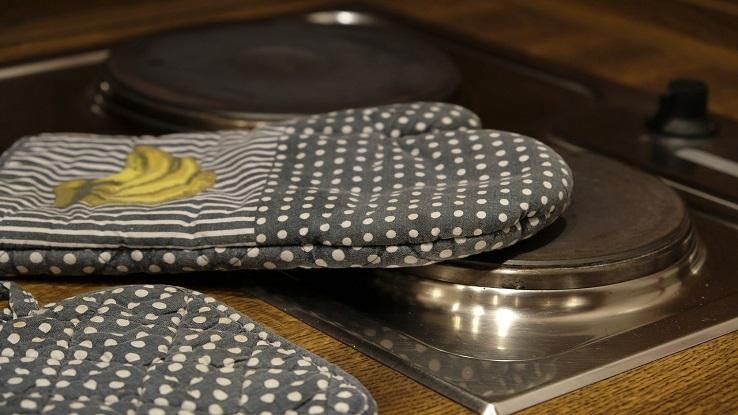What Setting Is “Simmer” on an Electric Stove?
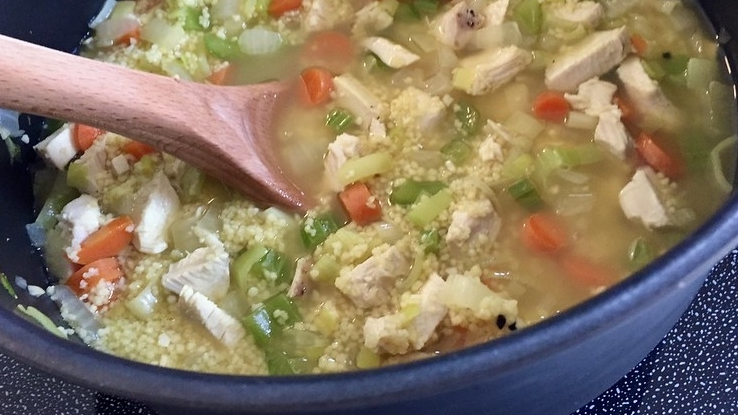
Many recipes call for a sauce or other liquid to boil and then simmer. However, it can be tough to know exactly what that means, especially when most electric ranges don’t have a specific setting that says “simmer” on them. The short answer is that “simmer” isn’t a setting at all, but a state just under boiling. These tips will help you simmer correctly and identify use simmering as part of the cooking process.
Boiling and Simmering
Water boils when it reaches a temperature of 212 degrees Fahrenheit. However, a simmer isn’t a strong boil, so the temperature is closer to around 180 to 205 degrees Fahrenheit, depending on what you’re cooking. While boiling can be identified by large bubbles and the release of steam, simmering usually involves more but far smaller bubbles. Liquids that scald easily, such as sauces or liquids containing milk or cream, often require lower temperatures, and it may be harder to see that the dish is simmering.
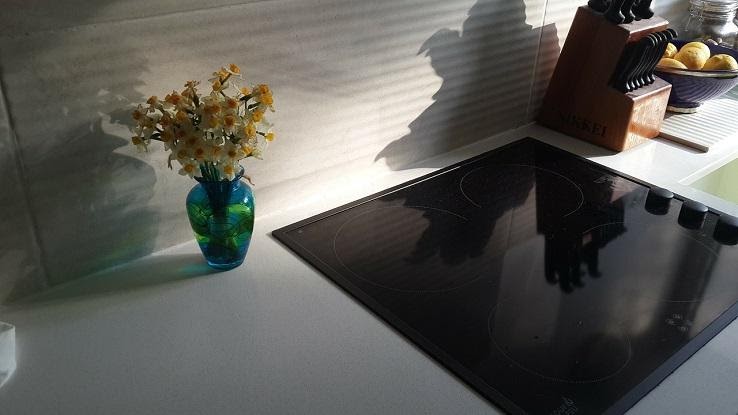
Finding “Simmer” on Your Stove
Because every stove or range heats differently, you’ll have to experiment to find how to make a dish simmer in your kitchen. A medium-high setting is usually too much, but even medium can push a dish from simmering to boiling on some stoves. Still, medium is usually adequate for most simmering liquids, while those that may burn or scald usually require a medium-low or even low setting. Just keep an eye on the liquid as it simmers to ensure that it’s still forming small bubbles. Otherwise, some foods, such as pasta, may not cook properly.
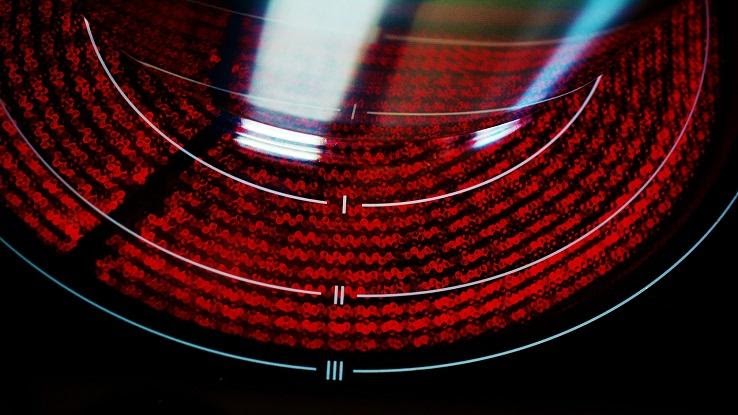
What Types of Foods Require a Simmer?
Dishes that often require a simmer include things like rice, couscous, quinoa, soups, vegetables, potatoes, sauces, tough meats, stocks and anything requiring braising. You may even need to use simmering to prepare some deserts, baked goods and candies. Some dishes may require constant stirring to maintain a simmer, as some liquids, such as those containing milk or cream, can scald immediately or even rise and boil over Take care to keep a close eye on such dishes when making them.
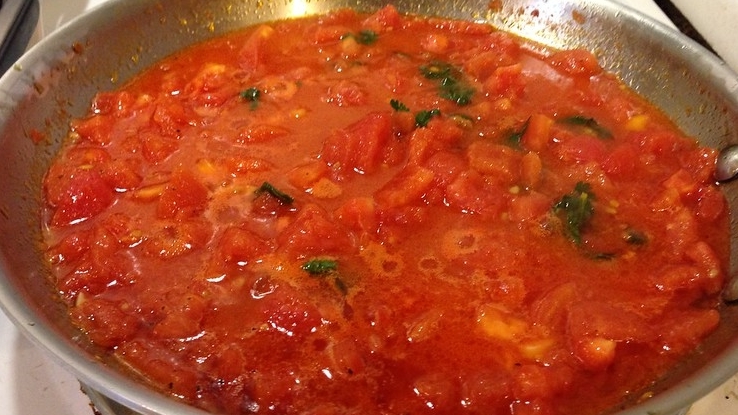
Simmering and Poaching
Now that you know the difference between boiling and simmering, it’s a good idea to know the difference between simmering and poaching as well. While poaching is less common than simmering in recipes, it’s still often used with egg dishes and when cooking certain types of vegetables. If a recipe directs you to poach a food, the temperature of the water should be less than boiling or simmering — roughly 140 degrees Fahrenheit. This looks like small bubbles at the bottom of the pot that aren’t rising as they would when simmering.
